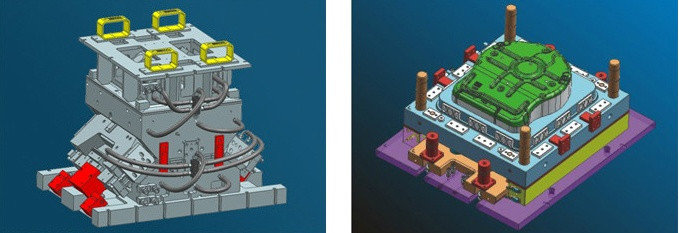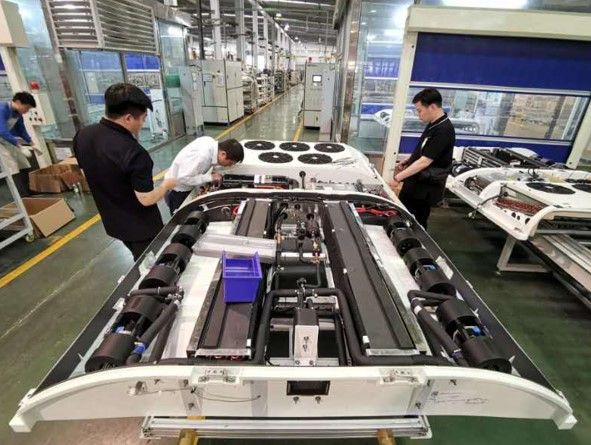
Specialize in Compression molds

Specialize in Compression molds
Compression molding is a widely used manufacturing process for producing high-strength, complex shapes from composite materials. Proper mold design is crucial to achieving efficient, high-quality molds with minimal defects. This guide covers essential compression mold design guidelines, including considerations for material selection, mold structure, and processing parameters, to help you create effective molds for a wide range of applications.
Compression mold design involves creating a mold that applies heat and pressure to mold a material into a specific shape. The mold design affects product quality, cycle time, and the overall efficiency of the molding process. Materials commonly used in compression molding include thermoset polymers like Sheet Molding Compound (SMC), Bulk Molding Compound (BMC), and other reinforced plastics.

Compression mold design requires careful attention to several key aspects to ensure optimal performance. Here are some essential guidelines for achieving the best results:
Choosing the correct material for the mold is essential for durability and heat resistance. Common mold materials include P20 steel, hardened steel, and aluminum alloys. Each material offers different levels of wear resistance, cost-effectiveness, and ease of machining:
The cavity and core design of a compression mold directly affect the quality and accuracy of the final product. Key considerations include:
Effective venting is essential to release trapped gases and prevent defects such as voids and burns. Additionally, a reliable ejection system is necessary for easy and safe removal of the molded part. Consider the following tips:
Efficient temperature control is vital in compression molding to ensure even curing and reduce cycle time. Properly designed heating and cooling channels enhance productivity and part quality:

Material selection is critical to achieving desired performance in compression molding. SMC and BMC are two common types of thermoset materials widely used in compression molds. Here’s an overview of each:
Compression molding requires molds that can withstand high temperatures and pressures. Here are some additional design tips specific to the compression molding process:
Understanding common defects in compression molding and how to prevent them is essential for efficient mold design:

Before finalizing a compression mold, testing and simulation can help optimize the design and reduce production issues. Using mold flow analysis software, designers can simulate material flow, temperature distribution, and venting to address potential issues before production.
Compression mold design is a complex but rewarding process that requires careful attention to materials, temperature control, and structural design. By following these guidelines, manufacturers can produce molds that deliver consistent, high-quality results for various applications. From material selection to venting and ejection, each aspect of mold design influences performance and durability. For anyone involved in compression molding, adhering to these guidelines will help maximize production efficiency, reduce defects, and extend the life of the mold.
For more information about compression mold design and manufacturing solutions, contact our team of experts. We provide guidance, tooling solutions, and support for all aspects of compression molding.
Contact US
Email: master@zjmdc.com
Tel: +86 576 84616076
Fax: +86 576 84616079
Mobile: +86 13906573507(Mr. Wang)
Address: No.116 mochuang road, Huangyan Xinqian street,Taizhou,Zhejiang,China